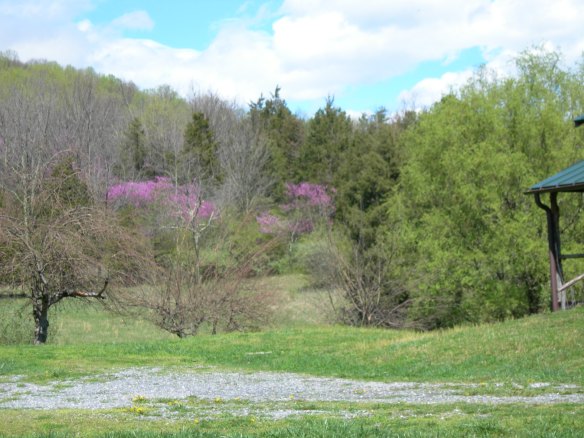Bill and I try to take the dogs for a walk every day. Yesterday started out cold, but warmed to 55 degrees by 10 o’clock. I particularly relish these mild November days because I know colder days are just around the corner.
With all the wildflowers now gone, the landscape is dominated by late autumn shades of brown and tan. I love the fall and I find these muted earth tones to be beautiful and inspirational. Even as she prepares to sleep, Nature is elegant.
Looking out across the fields, little bluestem, a native warm-season grass, is going to seed. Its abundant seed stems will provide forage for many songbirds throughout the winter. Below, milkweed pods have opened, revealing whimsical, silky tufts of seeds that will ride the wind to recolonize an area away from the mother plant.

With summer and the miraculous season of pollination behind us, the once-yellow, wand-like clusters of goldenrod are now beige tufts, waiting for the wind to help sow their seeds for next year’s crop.

I found a great website that shows the incredible ways that seeds are dispersed by the wind: http://theseedsite.co.uk/sdwind.html The shapes and sizes of seedpods, which are as diverse as the seeds inside them, have to do with how far the seeds are transported.
I’m not sure what flower produces these clumps of rounded seedheads (bergamot?), but they would make a nice addition to a dried flower arrangement! Hmmm, gives me an idea….

Along the way, we spotted a cocoon and this is one of those times I wish I had a biologist along with me to tell me what insect constructed it. I could have opened it to have a look, but something makes me hesitate to tamper with even the simplest and most ubiquitous of nature’s handiwork.

In a perfect ending to a perfect walk (at least from a retriever’s perspective), our yellow lab Autumn decided to go for a swim in our neighbor’s pond. She spotted a decoy floating in the middle of the pond and, true to her breed, couldn’t resist going in to retrieve it.

We took a longer walk than usual, trying to take in every minute of this gorgeous fall day. I know there are those who love winter and can’t get enough of the white stuff, but I’m not one of those people. Truth be known, I wouldn’t mind a whole winter just like today.
37.784021
-79.442816













